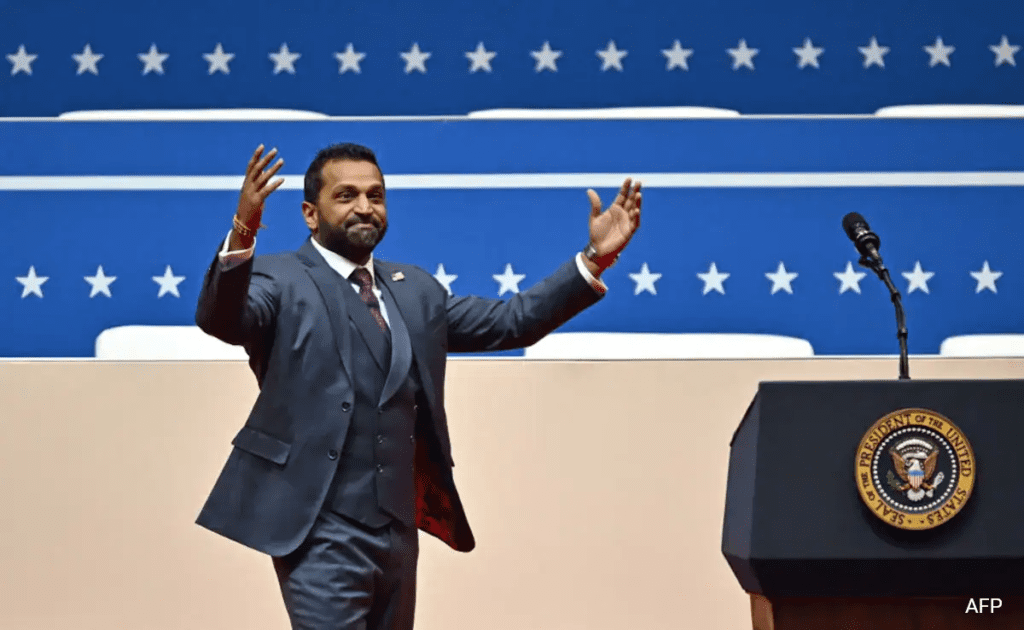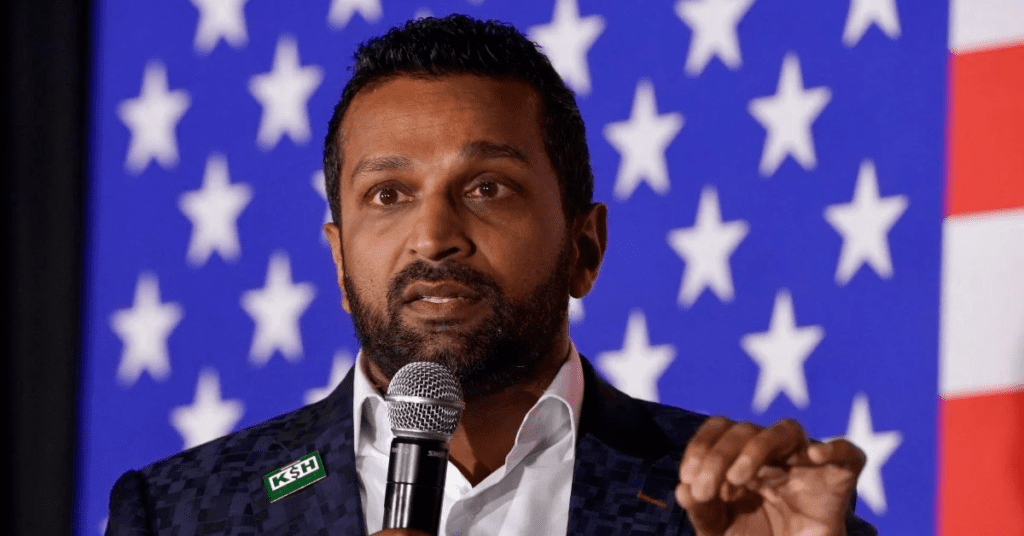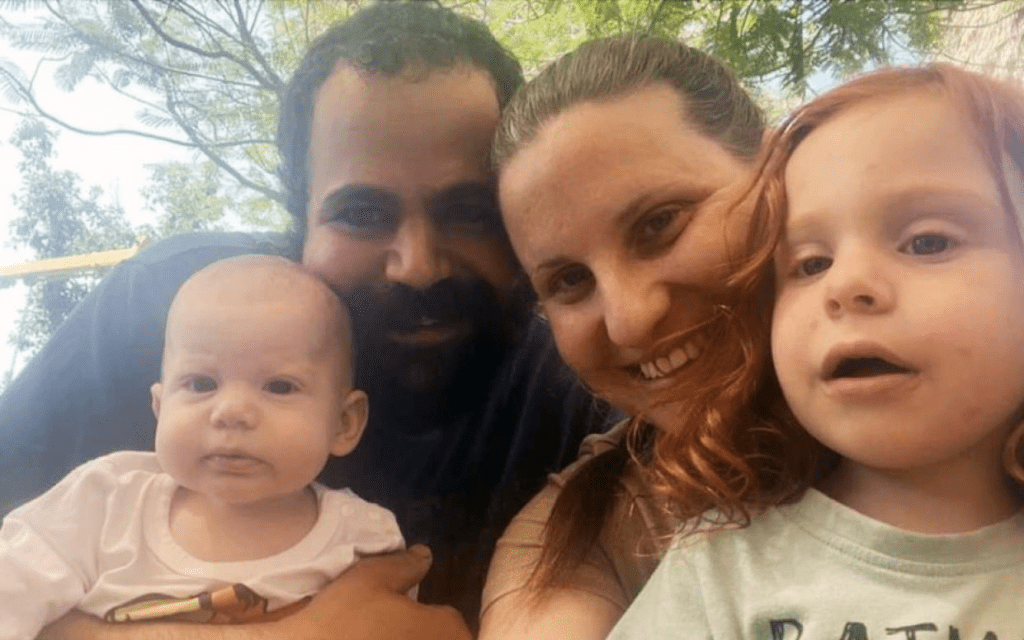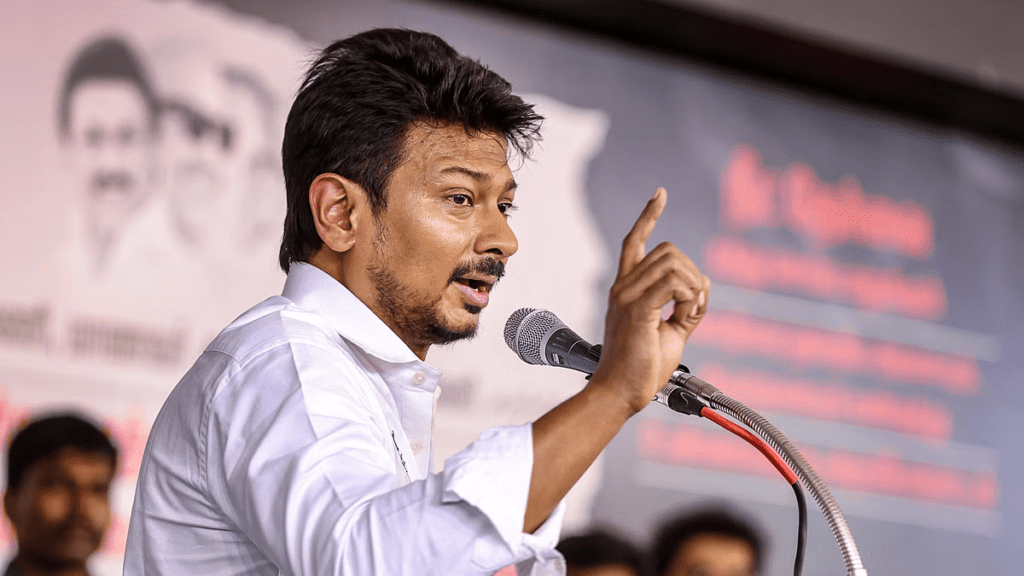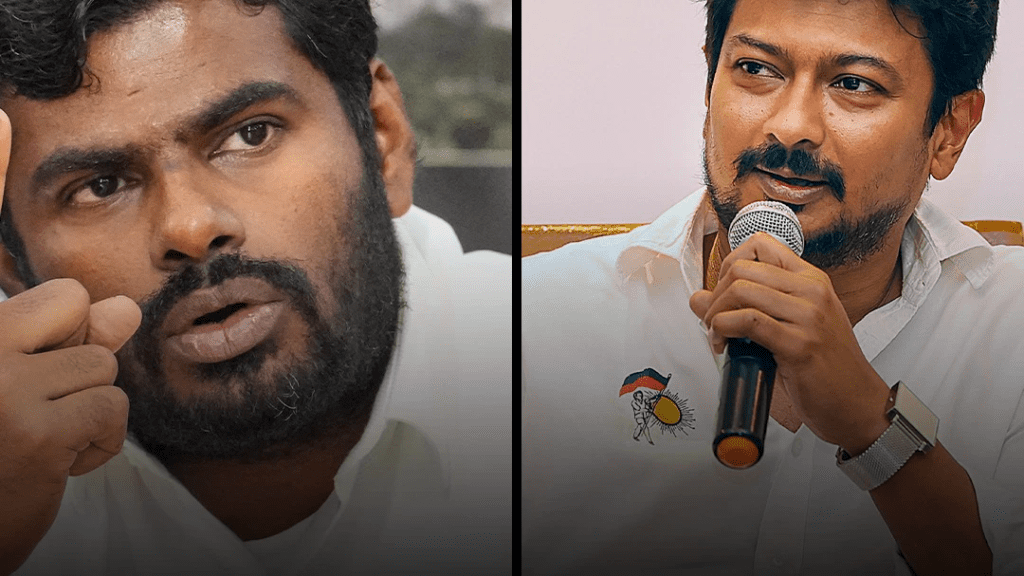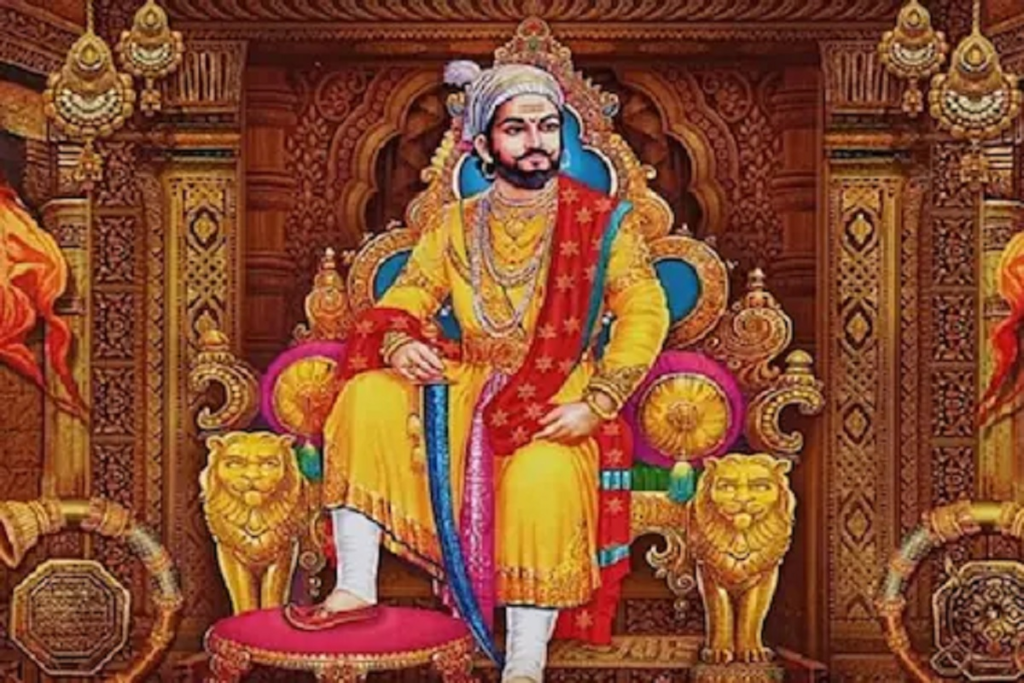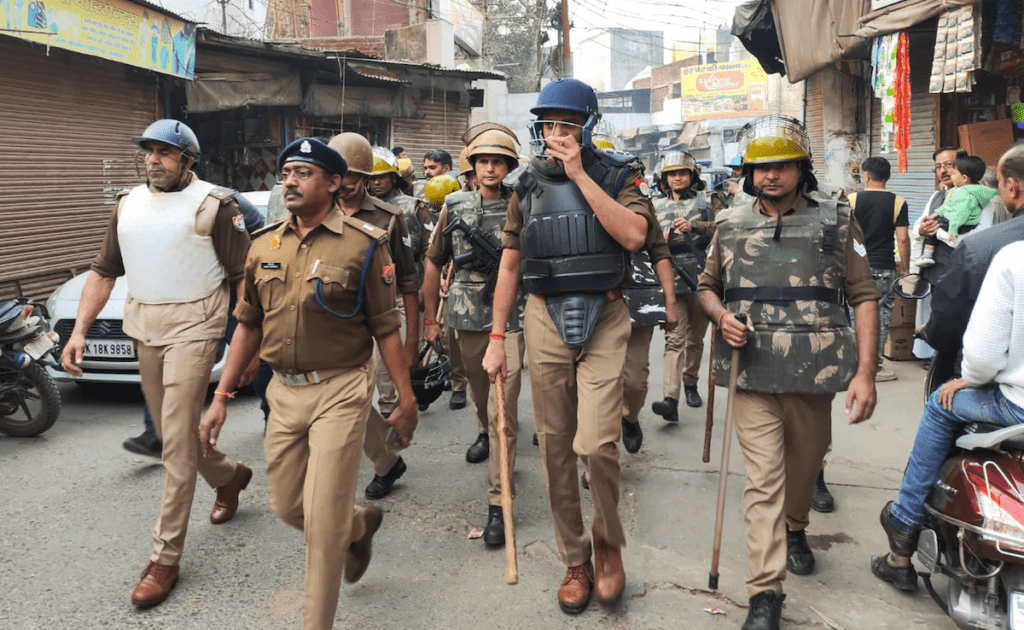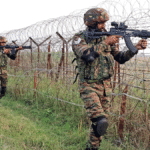1984 सिख दंगे: सज्जन कुमार को आजीवन कारावास की सज़ा – एक लंबी न्यायिक लड़ाई का परिणाम

31 अक्टूबर 1984 को भारत ने एक ऐसी घटना देखी जिसने इसके सामाजिक और राजनीतिक परिदृश्य को हमेशा के लिए बदल दिया। उस दिन तत्कालीन प्रधानमंत्री इंदिरा गांधी की उनके सिख अंगरक्षकों – बेअंत सिंह और सतवंत सिंह – द्वारा हत्या कर दी गई। यह हत्या ऑपरेशन ब्लू स्टार का प्रत्यक्ष परिणाम थी, जिसे सिख समुदाय ने अपने पवित्र स्वर्ण मंदिर पर हमले के रूप में देखा। लेकिन इस हत्या के बाद जो हुआ, वह एक अनियंत्रित हिंसा का तांडव था, जिसे इतिहास “1984 सिख दंगे” के नाम से जानता है।
इस हिंसा में हजारों सिख मारे गए, उनके घर और व्यवसाय नष्ट हो गए, और एक पूरा समुदाय दहशत में डूब गया। इस त्रासदी में सज्जन कुमार जैसे राजनीतिक नेताओं की भूमिका पर गंभीर सवाल उठे। दशकों की कानूनी लड़ाई के बाद, दिसंबर 2018 में दिल्ली हाई कोर्ट ने सज्जन कुमार को आजीवन कारावास की सजा सुनाई। यह लेख उस घटना की पृष्ठभूमि, सज्जन कुमार के मामले और इसके व्यापक प्रभावों पर विस्तार से प्रकाश डालता है।
दंगों की पृष्ठभूमि और शुरुआत
1984 के सिख दंगों को समझने के लिए हमें ऑपरेशन ब्लू स्टार के संदर्भ में जाना होगा। जून 1984 में, इंदिरा गांधी की सरकार ने पंजाब में बढ़ते सिख उग्रवाद को कुचलने के लिए स्वर्ण मंदिर में सैन्य कार्रवाई का आदेश दिया। इस ऑपरेशन में जरनैल सिंह भिंडरावाले और उनके समर्थकों को मार गिराया गया, लेकिन इसने सिख समुदाय के बीच गहरा आक्रोश पैदा किया। मंदिर को नुकसान और सैकड़ों नागरिकों की मौत ने सिखों में यह भावना जगा दी कि उनकी धार्मिक पहचान पर हमला हुआ है। इंदिरा गांधी की हत्या को इसी संदर्भ में देखा गया – यह एक बदले की कार्रवाई थी।
हालांकि, हत्या के बाद जो हिंसा भड़की, वह सहज नहीं थी। 1 नवंबर 1984 से शुरू हुए दंगों में दिल्ली के त्रिलोकपुरी, सुल्तानपुरी, मंगोलपुरी और पालम जैसे इलाकों में सिखों को व्यवस्थित रूप से निशाना बनाया गया। भीड़ ने सिख पुरुषों को उनके घरों से खींचकर जिंदा जलाया, बच्चों और महिलाओं पर हमले किए, और उनकी संपत्तियों को लूटकर आग के हवाले कर दिया।
सरकारी आंकड़े बताते हैं कि दिल्ली में 2,733 सिख मारे गए, लेकिन स्वतंत्र अनुमानों के अनुसार यह संख्या 3,000 से 8,000 तक हो सकती है। देश के अन्य हिस्सों जैसे कानपुर, बोकारो और चास में भी सैकड़ों लोग मारे गए। कई पीड़ितों और मानवाधिकार संगठनों ने दावा किया कि यह हिंसा सुनियोजित थी, जिसमें स्थानीय नेताओं और पुलिस की मिलीभगत थी। मतदाता सूचियों का उपयोग करके सिख घरों की पहचान की गई, और हमलावरों को हथियार, पेट्रोल और केरोसिन जैसी सामग्रियां उपलब्ध कराई गईं।

सज्जन कुमार का उदय और विवाद
सज्जन कुमार उस समय कांग्रेस पार्टी के एक उभरते हुए नेता थे। दिल्ली के बाहरी इलाकों में उनकी मजबूत पकड़ थी, और वे 1980 में मंगोलपुरी से लोकसभा सांसद चुने गए थे। उनकी छवि एक प्रभावशाली और जन-समर्थित नेता की थी, जो अपने क्षेत्र में विकास कार्यों के लिए जाने जाते थे। लेकिन 1984 के दंगों ने उनकी इस छवि को धूमिल कर दिया।
कई प्रत्यक्षदर्शियों ने आरोप लगाया कि सज्जन कुमार ने हिंसा को संगठित करने में सक्रिय भूमिका निभाई। सुल्तानपुरी में एक गवाह, निर्मल कौर, ने दावा किया कि उन्होंने सज्जन कुमार को भीड़ को संबोधित करते हुए सुना, जिसमें उन्होंने कहा, “एक भी सिख को जिंदा नहीं छोड़ना है।” इसी तरह, पालम के राज नगर इलाके में हुई हत्याओं में उनकी संलिप्तता के सबूत सामने आए।
1 नवंबर 1984 को पालम में पांच सिखों – केवल सिंह, गुरप्रीत सिंह, नरेंद्र पाल सिंह, रघुविंदर सिंह और कुलदीप सिंह – को भीड़ ने घेरकर मार डाला। गवाहों ने बताया कि सज्जन कुमार घटनास्थल पर मौजूद थे और उन्होंने भीड़ को उकसाया। एक अन्य गवाह, शीला कौर, ने कहा कि सज्जन कुमार ने हमलावरों को यह कहकर प्रोत्साहित किया कि “सिखों ने हमारी मां को मारा है, अब हमें बदला लेना है।” इन आरोपों ने उनके खिलाफ जांच की मांग को तेज कर दिया।
लंबी कानूनी लड़ाई और देरी
1984 के दंगों के बाद सरकार ने कई जांच आयोग गठित किए, जैसे मारीचंद कमेटी (1984), जैन-बनर्जी कमेटी (1987), और नानावटी आयोग (2000)। इनमें से कई ने सज्जन कुमार और अन्य कांग्रेस नेताओं जैसे एच.के.एल. भगत और जगदीश टाइटलर के खिलाफ सबूत पाए। नानावटी आयोग ने 2005 में अपनी रिपोर्ट में सज्जन कुमार की भूमिका पर सवाल उठाए, लेकिन ठोस कार्रवाई नहीं हुई। उनके खिलाफ पहला मामला 1987 में दर्ज हुआ, लेकिन गवाहों के डरने, सबूतों के नष्ट होने और राजनीतिक दबाव के कारण वे बार-बार बचते रहे।
2005 में, जब नानावटी आयोग की रिपोर्ट संसद में पेश हुई, तो तत्कालीन प्रधानमंत्री मनमोहन सिंह ने पीड़ितों से माफी मांगी और कार्रवाई का वादा किया। इसके बाद CBI को जांच सौंपी गई। 2013 में दिल्ली की एक निचली अदालत ने सज्जन कुमार को पालम हत्याकांड में बरी कर दिया, जिससे पीड़ित परिवारों में निराशा छा गई। लेकिन CBI ने इस फैसले को हाई कोर्ट में चुनौती दी।
कई सालों की सुनवाई, गवाहों के बयान और सबूतों की पड़ताल के बाद, 17 दिसंबर 2018 को दिल्ली हाई कोर्ट ने सज्जन कुमार को आजीवन कारावास की सजा सुनाई। कोर्ट ने निचली अदालत के फैसले को पलटते हुए कहा कि गवाहों के बयानों को नजरअंदाज नहीं किया जा सकता।

फैसले का महत्व और टिप्पणियां
दिल्ली हाई कोर्ट के जस्टिस एस. मुरलीधर और जस्टिस विनोद गोयल की बेंच ने अपने 207 पेज के फैसले में कहा कि 1984 के दंगे “मानवता के खिलाफ अपराध” थे। कोर्ट ने यह भी नोट किया कि यह हिंसा सुनियोजित थी और इसमें राजनीतिक संरक्षण था। सज्जन कुमार को हत्या, दंगा भड़काने, आगजनी और साजिश रचने का दोषी ठहराया गया। कोर्ट ने यह भी कहा कि इस तरह के अपराधों में देरी से मिला न्याय भी महत्वपूर्ण है, क्योंकि यह भविष्य में ऐसी घटनाओं को रोकने का संदेश देता है।
फैसले के बाद सज्जन कुमार ने सुप्रीम कोर्ट में अपील की। उन्होंने अपनी उम्र (70 से अधिक) और खराब स्वास्थ्य का हवाला दिया, लेकिन 2019 में उनकी जमानत याचिका खारिज कर दी गई। सुप्रीम कोर्ट ने कहा कि हाई कोर्ट का फैसला सबूतों पर आधारित है और इसमें हस्तक्षेप की जरूरत नहीं है। आज वे तिहाड़ जेल में अपनी सजा काट रहे हैं।
सामाजिक और राजनीतिक प्रभाव
यह फैसला पीड़ितों के लिए एक बड़ी राहत था। 34 साल बाद मिले इस न्याय ने उनके जख्मों पर मरहम लगाया। कई पीड़ितों, जैसे जगदीश कौर, जिन्होंने अपने पति और बेटे को खोया था, ने इसे “अंधेरे में एक रोशनी” बताया। लेकिन यह भी सच है कि यह केवल एक शुरुआत है। दंगों में शामिल कई अन्य प्रभावशाली लोग अभी भी कानून की पकड़ से बाहर हैं। मानवाधिकार संगठनों का कहना है कि पूर्ण न्याय तभी मिलेगा जब सभी दोषियों को सजा मिलेगी और पीड़ितों को मुआवजा व पुनर्वास मिलेगा।
राजनीतिक रूप से, यह फैसला कांग्रेस के लिए एक झटका था। 1984 के दंगे हमेशा से उनके लिए एक विवादास्पद मुद्दा रहे हैं। विपक्षी दलों, खासकर भाजपा और शिरोमणि अकाली दल, ने इसे कांग्रेस की विफलता के रूप में पेश किया। इसने यह सवाल भी उठाया कि क्या उस समय की सरकार और पुलिस ने जानबूझकर निष्क्रियता दिखाई।
1984 के सिख दंगे भारत के इतिहास में एक दुखद और शर्मनाक घटना हैं। सज्जन कुमार को आजीवन कारावास की सजा इस दिशा में एक कदम है कि दोषियों को जवाबदेह ठहराया जाए। लेकिन यह यात्रा अभी अधूरी है। यह घटना हमें सिखाती है कि सांप्रदायिक हिंसा और नफरत का जवाब सिर्फ न्याय, जवाबदेही और आपसी भाईचारे से दिया जा सकता है। यह हमारी सामूहिक जिम्मेदारी है कि ऐसी त्रासदियों को दोबारा न होने दें।






